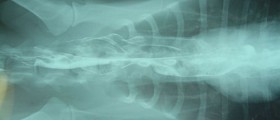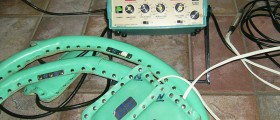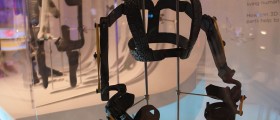
Tests, physical exams and the common introduction with the medical history of the family are necessary for diagnosing this disease. Some of them are muscle biopsy, which is taking of the small muscle tissue, DNA, blood enzyme tests and nerve conduction test or the electromyography, which involves the use of electrodes probing the nerve and muscle functioning. The related gene's condition is tested by the DNA testing, while the abnormal or missing dystrophin protein can be discovered by a muscle biopsy. There might be a need for a genetic testing as well.
Treatment
The MD, or muscular dystrophy, cannot be cured, but the advancement of the disease can be slowed down with the use of therapy and medications. The advancement of the disease can be slowed down with the use of specific muscle-building drugs and this is what scientists are working on. There are many trials conducted today and one of them refers to the use and effects of the dietary glutamine and creatine on the muscle energy storage and production.
Conventional Medicine
Muscular dystrophy causes certain symptoms and they can be reduced with the use of rehabilitation devices, physical therapy, exercise, respiratory care and surgery. Painful or abnormal position of the joint can be decreased with the physical therapy and exercises, which can also delay or even prevent the spine curvature. Patient can also do some deep breathing exercises and respiratory care. Independence and mobility can be increased with the use of rehabilitation devices, powered wheelchairs and canes. Muscle shortening can be achieved via surgery. The implementation of the cardiac pacemaker is necessary in cases of myotonic and Emery-Dreifuss muscular dystrophy. Medications can be used for slowing down the progression rate. Corticosteroids are used for the Ducheene muscular dystrophy, while quinine, procainamide or phenytoin can be used for myotonic muscular dystrophy.
Prevention
If you have muscular dystrophy, the chances you will pass it to your offspring are somewhere from 25 to 50%, so before you go for a baby, you should see a genetic counselor. Mothers and sisters of the carriers are the most common people who transfer this disease to their sons. They will usually pass it to the sons, while every other daughter will become a carrier. Carriers usually feel mild symptoms of the muscular dystrophy. There are test that can detect carriers, such as DNA and proteins tests, which can detect carriers of Becker and Duchenne muscular dystrophy.

















Your thoughts on this
Loading...